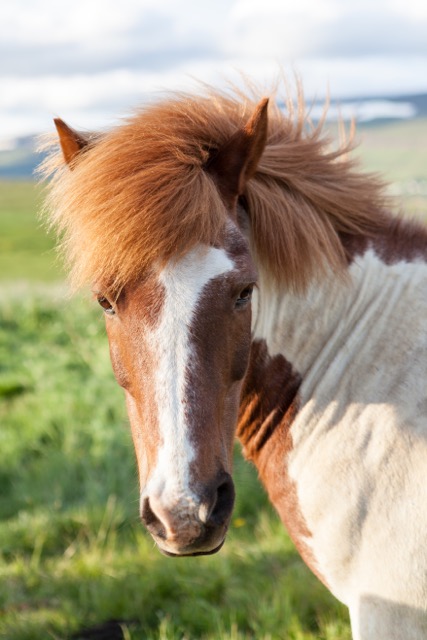Horse or Hoarse?
 There are hundreds of homophones in the English language, and they are some of the most commonly misspelled words!
There are hundreds of homophones in the English language, and they are some of the most commonly misspelled words!
To complicate matters, spell check doesn’t recognise homophone errors if the spelling is correct, but you have written the wrong word!
Try this: Turn on text to speech on your computer and listen to the following sentence - or just read it out loud.
When you’re farther’s hoarse ran first at the country fare, he one a shiny trophy and his hoarse got a read sash.
This sentence sounds correct, even though it is full of spelling errors. No wonder homophones are troublesome, even for adults.
The words spelled incorrectly are homophones. Homophones are sets of two or more words that sound the same but have a different meaning and a different spelling, such as hoarse and horse, and one and won.
The tricky thing about homophones is working out which word to spell. The first step is to use the context to work out the meaning, and then recall the correct spelling, and practice, practice, practice!
Homophone Strategies
There are many strategies we can use to remember which homophone to use. Here are a few:
1. Mnemonics
Mnemonics are memory prompts that help us remember all sorts of information. They are useful for remembering facts such as F.A.C.E for the notes in the spaces on the treble clef, or sequences such as 30 Days Hath September; and spelling rules such as i before e, except after c.
Mnemonics work better if you can visualise what you are trying to learn, especially when the image in our mind is something silly or out of the ordinary.
This is a mnemonic for learning to spell the word horse. Think about the image it creates as you read it.
The Norse God Thor was too big for his horse, so he rode a chariot pulled by two giant goats!
2. Jokes and Riddles
Jokes appeal to children’s sense of humour and is a fun memory prompt.
- Why was 6 afraid of 7? Because 7, 8, 9! (eight, ate)
- What did one homophone say to the other homophones? (there, their, they’re)
Riddles and brain teasers are another fun oral activity to practice homophones.
What is a word that means:
- a metal found in rocks and something used to row a boat? (ore/oar)
- a light fog and failing to bat the ball? (mist/missed)
- the circumference around the middle of a body and unused food? (waist/waste)
- a long line of people and something used to hit a snooker ball? (queue/cue)
3. Homophone Groups
Homophones can be sorted into groups such as animals, colours, the environment, or even pronouns and verbs? Teaching groups of homophones together can be fun and lends itself to creating visuals such as flash cards and displays.
Some of the most confusing homophones are contractions that contain a pronoun and auxiliary verb such as: you’re - you are.
When students understand that in contractions, the apostrophe replaces the missing letters of a word, it will help them choose the correct homophone. Here are some more examples:
- I’ll /isle/ aisle
- you’ll/ yule
- they’re/ their/ there
- there’s/ theirs
- we’ve/ weave
- we’re/ weir
- he’ll/ heel/ heal
- he’d/ heed
4. Homophone Hunt
Homophones make up about 20 percent of frequently misspelled words, which means they may appear as often as once in every 5 words. How many homophones can you spot in this delightful extract from Storm Boy by Colin Thiele:
He knew all the signs of wind and weather in the clouds and the sea.
Students of all ages can have fun spotting homophones in authentic contexts such as story books, newspapers, texts and online information. There are many follow up activities students can do, such as matching the homophones found in a text with its pair, or using the homophones in a sentence.
5. Homophone Sentences
Selecting the correct homophone to use in a sentence teaches students to think about the meaning and spelling of words. Sentences can be structured to suit the ability level of students and to reinforce homophones that are commonly misspelt. These sentences use frequently misspelled homophones.
- I had (to/two/too) much food at dinner time.
- We went to visit our friends at (their/ there/they’re) new house.
- The cat ran around the house as it played with (its/it’s) toys.
- During netball practice we (threw/through) the ball around the court.
- My friends asked me if I (would/wood) like to come with them to the beach.
If you would like to learn more about homophones, you will find the video: Homophones – Helping Students with Common Spelling Errors has lots of useful information and practical tips.


